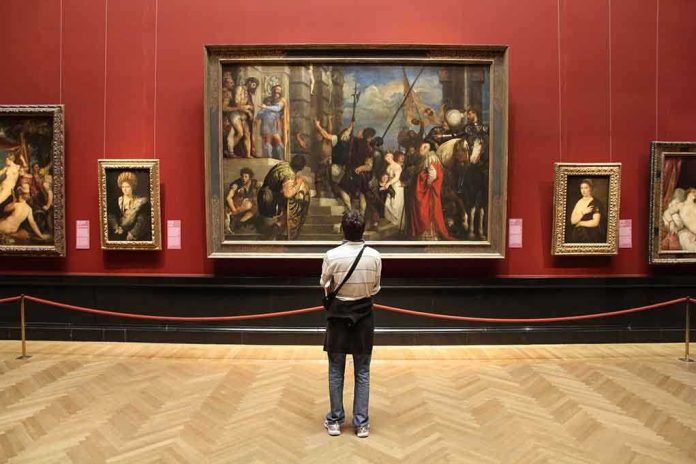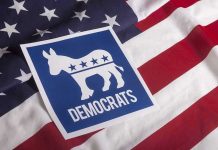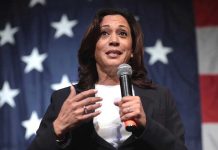
A new executive order challenges the Smithsonian’s focus on race and gender, triggering a national debate over U.S. cultural policy.
Story Overview
- President Trump issues Executive Order 14253, targeting Smithsonian exhibits deemed “divisive.”
- The order threatens funding cuts for non-compliance, especially focusing on race and gender displays.
- Strong opposition arises from lawmakers and advocacy groups citing threats to academic freedom.
- The Smithsonian faces pressure to alter exhibits amidst intense public and political scrutiny.
Trump’s Directive and its Targets
In March 2025, President Donald Trump signed Executive Order 14253, accusing the Smithsonian Institution of fostering a “divisive, race-centered ideology” through its exhibits. The order demands a comprehensive review and potential revision of exhibits at the National Museum of African American History and Culture, the Smithsonian American Art Museum, and the planned American Women’s History Museum. The administration warns of funding cuts for non-compliance, creating a tense atmosphere around museum operations.
Trump’s directive explicitly targets exhibits focusing on race and gender, including planned displays on transgender athletes. Critics argue this move undermines the Smithsonian’s independence and compromises its educational mission. The order has sparked significant political and cultural debate, with lawmakers and advocacy groups voicing concern over threats to academic freedom and historical integrity.
Political and Cultural Implications
The executive order has stirred a robust debate over the role of federal oversight in cultural institutions. Advocates for the order claim it will restore a “patriotic” narrative and emphasize shared American values. However, opponents warn this approach risks censorship and historical erasure, with potential long-term impacts on public trust in the Smithsonian’s scholarly integrity. The controversy reflects broader societal tensions over how history and identity are represented in public forums.
As the Smithsonian navigates these challenges, it faces scrutiny from both Congress and the public. The institution must balance compliance with federal directives against its commitment to inclusive and accurate historical representation. This situation underscores the complex interplay between politics, history, and cultural policy in contemporary America.
Ongoing Debate and Response
Congressional lawmakers and advocacy groups have called for investigations into the administration’s actions, arguing that the executive order represents a brazen attempt to “whitewash” history. The Smithsonian’s leadership is under pressure to respond to these demands while maintaining its mission to educate and inform. As the debate continues, the future of U.S. museum content remains uncertain, with potential repercussions for both scholars and the public.
The ongoing scrutiny of the Smithsonian’s response highlights the broader implications for cultural institutions nationwide. Museums may face similar pressures, risking self-censorship to avoid controversy. The outcome of this situation could set a precedent for increased federal intervention in cultural and educational content.
Sources:
Pressley, Tonko Demand Investigation Into Trump’s Attack on Smithsonian Museums
Restoring Truth and Sanity to American History
Control of Smithsonian Institution Exhibits
The Smithsonian Should Ditch the Ideology and Keep the History



